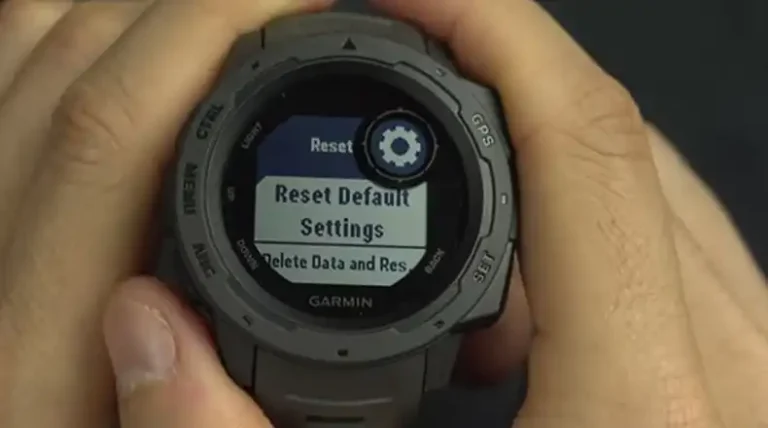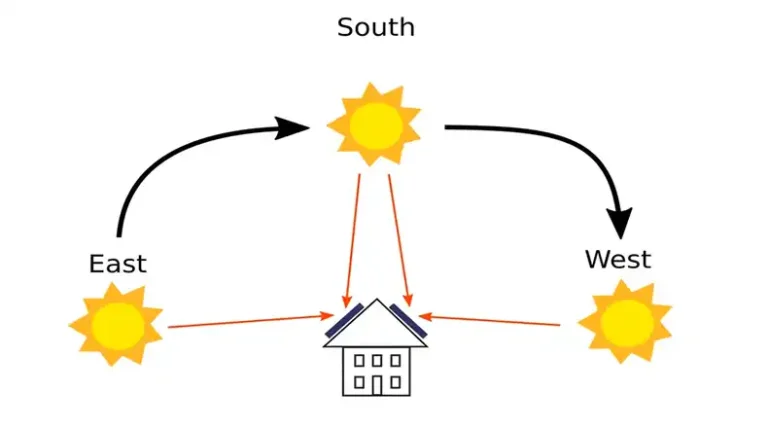Can a Broken Solar Panel Still Work? [Answerd]
Today, let’s talk about a topic that’s often shrouded in confusion – can you use broken solar panels? I know it sounds counterintuitive, but believe it or not, a cracked or damaged panel might still have some life left in it. Now, I’m not saying you should go around smashing your solar panels (please don’t!), but if you accidentally end up with a broken one, there’s a chance it could still generate some power.
The key factor here is the extent of the damage. If we’re talking about minor cracks or surface scratches, your panel might just soldier on. But if it’s been seriously mangled, then yeah, it’s probably time for a replacement. Either way, let’s dive in and explore this topic in more detail!
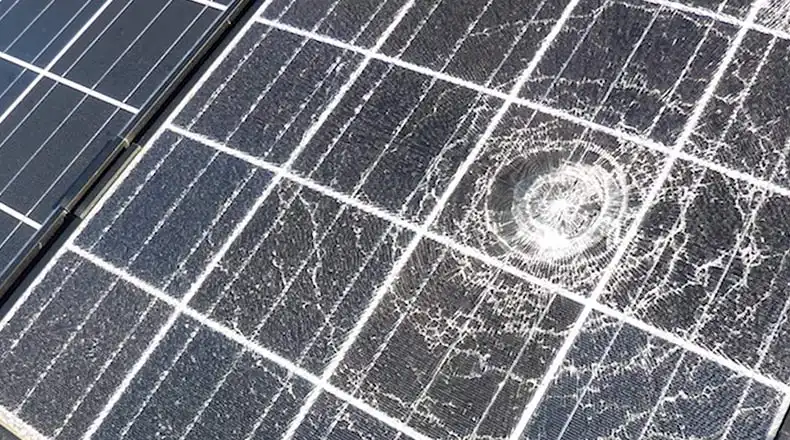
Broken Solar Panel Doesn’t Work – Myth or What?
It’s a common belief that a solar panel with any kind of damage is rendered completely useless and incapable of generating electricity. However, this is not entirely accurate. The truth is, a broken solar panel can still function and produce power, but its performance and output will depend on the extent and nature of the damage.
How Much is Your Panel Broken?
Solar panels are designed to be durable and weather-resistant, but they are not indestructible. Cracks, chips, or fractures can occur due to various reasons, such as hail storms, falling debris, or improper handling during installation or maintenance. The severity of the damage plays a crucial role in determining whether the panel can still work or not.
If the damage is relatively minor, such as a small crack or chip on the surface of the glass, it is likely that the panel will still be able to generate electricity, albeit with a slightly reduced efficiency. This is because the solar cells underneath the glass remain largely intact and can still convert sunlight into electrical energy.
However, if the damage is more severe, such as multiple large cracks or a shattered glass surface, the internal components of the panel, including the solar cells and the conductive wiring, may be compromised. In such cases, the panel’s ability to function properly becomes significantly impaired, and its power output can be drastically reduced or even rendered non-functional.
So is It a Myth or What?
Based on the information from solar experts and researchers, the notion that a broken solar panel cannot work at all is indeed a myth. While it is true that severe damage can greatly diminish or eliminate the panel’s ability to generate electricity, minor to moderate damage does not necessarily mean the panel is entirely useless.
To validate this, you can perform a simple test yourself. Connect a voltmeter to the panel’s output terminals, point the panel towards the sun, and check the open-circuit voltage (Voc) reading. If the Voc value is within 10% of the manufacturer’s specified voltage for an undamaged panel, it indicates that the panel is still capable of generating a reasonable amount of power despite the damage.
However, it is important to note that using a broken solar panel, even if it is still functional, is not an ideal or recommended scenario. Damaged panels can pose various risks, which will be discussed in the next section.
What are the Risks of Using Broken Solar Panels?
While a broken solar panel may still be able to generate electricity, using it comes with several potential risks that should not be overlooked:
- Hotspots: Cracks or fractures in the glass surface can create localized areas called hotspots, where the temperature rises significantly higher than the surrounding areas. These hotspots can become hot enough to potentially cause fires, posing a serious safety hazard.
- Water and Moisture Ingress: Cracks or openings in the panel’s structure can allow water or moisture to seep inside, leading to several issues. Water ingress can cause corrosion, short circuits, and electrolysis, which can further damage the panel’s internal components and wiring.
- Electrical Safety Hazards: If water penetrates the panel, it can bring the internal voltage to the panel’s external surfaces, creating an electrical shock hazard for anyone who comes into contact with the panel.
- Ground Faults and Electrical Leakage: Water inside the panel can cause a DC electrical current to leak or drain to the ground or other nearby conductive surfaces, potentially causing short circuits, damage to connected equipment, or even electric shocks.
- Reduced Efficiency and Output: Even if a broken panel is still functional, its power output and efficiency will be lower than an undamaged panel due to the compromised internal components and potential hotspots or shading issues caused by cracks or fractures.
It is crucial to carefully evaluate the risks associated with using a broken solar panel and take appropriate safety precautions if you choose to continue operating it until it can be replaced.
Can Broken Solar Panels be Fixed?
The possibility of repairing a broken solar panel depends on the type and extent of the damage:
Minor Cracks or Frame Damage: In some cases, professional solar technicians or repair facilities may be able to repair minor cracks in the glass surface or external frame damage. However, this typically requires specialized equipment and expertise, and the repair is often performed off-site at a dedicated facility.
Internal Damage or Broken Cells: Unfortunately, if the damage is internal, such as broken solar cells or delamination (separation of the panel’s layers), there are no effective repair methods available. These types of internal damages significantly impact the panel’s performance and cannot be adequately fixed. In such cases, replacement of the entire panel is usually the only viable solution.
If your broken solar panel is still producing a reasonable amount of power, and the damage is not severe, there are some alternative methods you can consider to extend its lifespan temporarily.
Alternative Way to Use Broken Solar Panels
DIY enthusiasts and solar panel owners have experimented with various methods to protect and temporarily use their broken panels until they can be replaced. Some of these methods include:
- Covering the Panel with a Laminating Film: Applying a clear, UV-stabilized laminating film over the cracked or damaged glass surface can help prevent further damage and moisture ingress, allowing the panel to continue functioning for a limited time.
- Painting the Panel with Polyurethane: Carefully painting the damaged areas of the panel with a clear polyurethane sealant can provide a protective barrier against water and moisture, potentially extending the panel’s lifespan.
It’s important to note that these alternative methods are temporary solutions and may not be as effective or long-lasting as using an undamaged solar panel. Additionally, any DIY repairs should be performed with caution, following proper safety protocols and considering the potential risks involved.
Bottom Line
While a broken solar panel may seem like a lost cause, it’s important to understand that it could still have some functionality left, depending on the extent of the damage. However, using a damaged panel also comes with potential risks that should not be overlooked. If the panel is still producing a reasonable amount of power and the damage is not severe, there are alternative methods that can be explored to extend its lifespan temporarily. Ultimately, the decision to keep or replace a broken solar panel should be based on a careful evaluation of the risks, potential benefits, and cost-effectiveness. Seeking professional advice is always recommended to ensure the safety and optimal performance of your solar panel system.

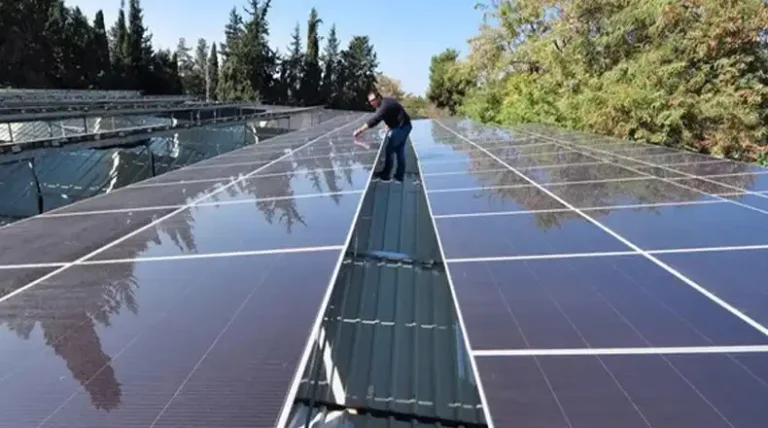
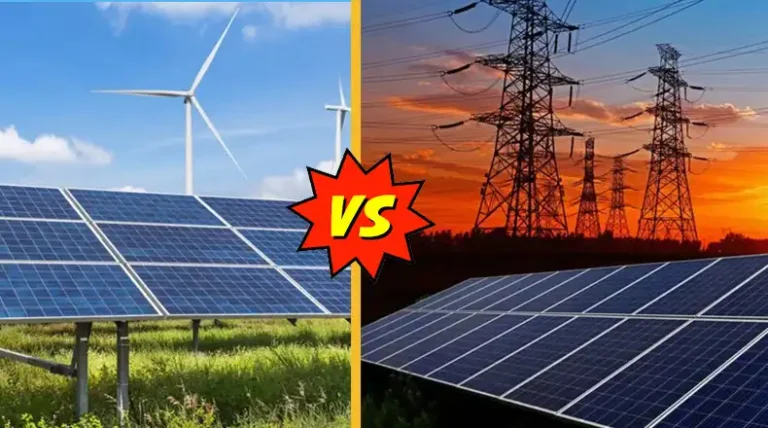
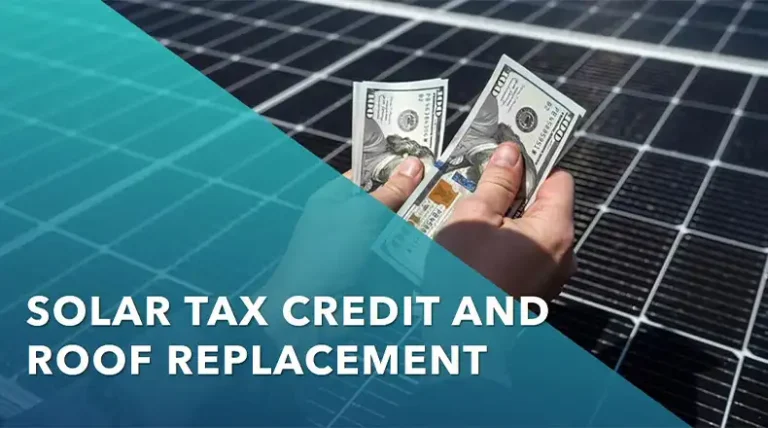
![Do Solar Loans Affect Credit Score | [Answerd]](https://www.itekenergy.com/wp-content/uploads/2024/04/Do-Solar-Loans-Affect-Credit-Score-768x428.webp)
